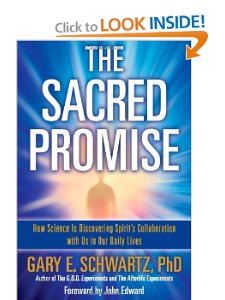Judging Edward Teller: A Closer Look at One of the Most Influential Scientists of the Twentieth Century by Istvan Hargittai (Author).
Foreword by Peter Lax, Recipient of the Nationwide Medal of Science and the Abel Prize
Afterword by Richard Garwin, Recipient of the Nationwide Medal of Science and the Enrico Fermi Award.
Many people know Edward Teller because the "Father of the H-Bomb." His title tends to generate excessive views. To his supporters he was a hero of the Cold War. To his detractors he was evil personified. Between these extremes was the life of the real man.
In this definitive and comprehensive biography, Hungarian scientist Istvan Hargittai, a personal acquaintance of Teller's, presents a balanced portrait of the multifaceted and enigmatic scientist towards the backdrop of a turbulent period of history. Taking pains to keep away from bias and preconceptions, Hargittai critically examines Teller's personality, family background, and the experiences that guided his actions--correcting many of the myths that others and Teller himself promulgated.

.jpg)

.jpg)


.jpg)

.jpg)
.jpg)
.jpg)



.jpg)


.jpg)



.jpg)


.jpg)





.jpg)

















